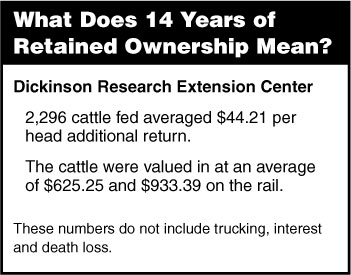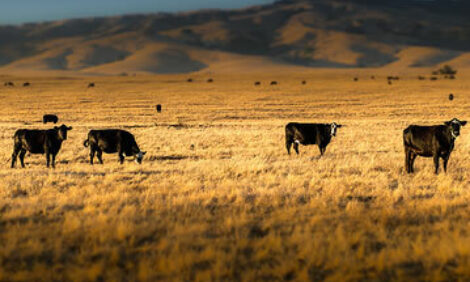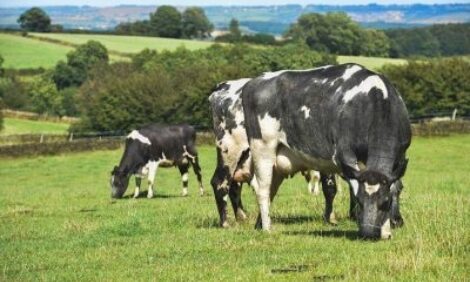



Feeding Cattle Adds Balance To Cow-Calf Operation
Staying connected in the beef business is important, but is it worth retaining ownership, asks Kris Ringwall, Beef Specialist with the North Dakota State University.The cattle business is very dynamic, so it is very easy to get lost in the shuffle. The current news or the latest color print catches our eyes and we start talking. Our conversations tend to be filled with lots of thoughts sprinkled with a few facts. The facts are seldom our own and actually may be slightly biased at times by someone having a quick change of expression or a shift in body language.
That is why keeping our own records helps make sense of the information that is sent our way on a quiet day.

For instance, the Dickinson Research Extension Center has marketed 2,296 cattle since 1996. Not a lot, but 33 lots of cattle through 14 years at one feed yard certainly provides some opportunities to reflect on retaining calf ownership.
Through the years, the center has averaged $44.21 per head additional return to the ranch by retaining cattle ownership. Trucking and interest needs to be accounted for, but the numbers are positive.
The cattle were valued at an average of $625.25 and on the rail at $933.39. Obviously, the cattle industry has changed through time and the results reflect that change.
The center fed 848 cattle from 1996 to 1999, 892 from 2000 to 2004 and 556 from 2005 to 2009. The early set of cattle averaged $10.39 per head additional return to the ranch. The cattle were valued at an average of $483.80 and on the rail at $771.36. The cattle fed during 2000 to 2004 averaged $26.91 per head additional return to the ranch. The cattle were valued at an average of $664.66 and $961.11 on the rail. The last set of cattle, 2005 to the present, averaged a $19.04 per head loss to the ranch. The cattle were valued at an average of $777.78 and $1,136.04 on the rail.
The center has not gone backwards retaining ownership of the calves it produces. The calves are fed no differently than what would be expected of any professional feedlot. Essentially, based on these numbers, one could say the center sold calves in the late 90s for around $495 ($484.80 feeder value plus $10.39 for retaining ownership). In the first half of the first decade of the new century, the center sold calves for $691.57 ($664.66 feeder value plus $26.91 for retaining ownership). More recently, the center has been selling calves in the neighborhood of $758.74 ($777.78 feeder value minus $19.04 for retaining ownership loss).
Retaining ownership helped when the calves were cheap and hurt when the calves were expensive, thus, the balancing act between selling calves versus retaining ownership in a feed lot. The center’s calves are backgrounded, vaccinated and fully processed for arrival at the feed yard.
The discussion will continue, along with a lot of advice and a few facts. Interestingly, since the mid-‘90s, the added worth or value of calves standing at the side of their mothers has been increasing. Therefore, it only makes sense that, as the higher-valued calves hit the feedlots, the opportunity to make more money holding on to the calves has decreased.
However, some significant events occurred during the last 14 years. In 2004, lots of steers had average closeout values in four-digit numbers. The high was $1,239.80. This value has remained the same except for one lot in 2008.
There is more money in the beef business. With more money flowing, the opportunity to put some in one’s pocket is real.
Staying connected in the beef business is important, but is it worth retaining ownership? It was when calf values were low, but, as feeder calf values have increased, there still is value in staying connected with the entire industry. But, maybe that’s not a good idea with one’s entire calf crop because the center managed to lose $156 per head on one lot of steers. That is a significant number, especially if it ties directly to the ability to pay bills.
Some call that risk. If one cannot take the risk, then don’t. There are many reasons why the various center-owned lots of cattle made or lost money. Those reasons are fun to discuss.
However, as a cow-calf producer, check the facts first, determine the capacity to take on risk and then really ask how many facts one wants to experience or whether it is better just to enjoy the conversation.


